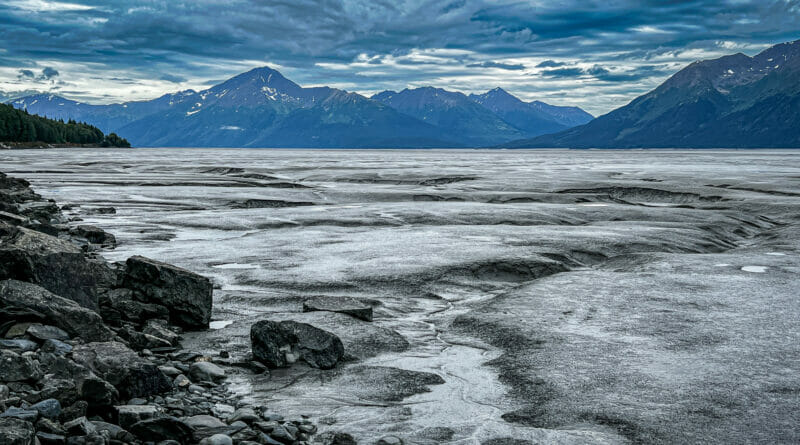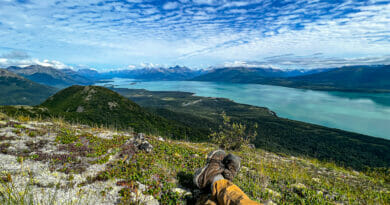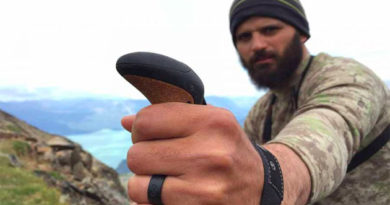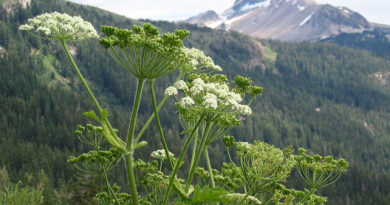The Dangers of Walking on the Turnagain Arm Mudflats
One of the most scenic drives within an hour of Anchorage, Alaska, is around the Turnagain Arm. The pullouts and breathtaking mountain views are perfect for killing some time or waiting for a flight or a train. Moose, mountain goats, Dall sheep, and other Alaska wildlife can often be spotted in the mountains that line the roadway.
Another exciting attraction to the Turnagain Arm is the mudflats that appear at low tide. They beckon you to walk out and experience the magic of the glacier silt that makes up the flats. But, unfortunately, there are occasions when tourists or residents have ventured out too far. And in rare cases at the wrong time of day, which leads to their death. More frequently, however, are the instances of rescues by skilled Alaskan responders.
Walking on mud flats in the Turnagain Arm can be extremely dangerous and should be approached with caution. The Turnagain Arm is known for having some of the largest tidal fluctuations in the world. Tides rise and fall by as much as 30 feet (9 meters) or more. This unique tidal environment creates dangerous conditions on the mud flats, making them potentially hazardous for pedestrians.
The Dangers of the Turnagain Arm Mudflats
Here are some specific dangers associated with walking on mud flats in the Turnagain Arm
Quicksand-like Mud in the Turnagain Arm
The mud in the area can be deceptively soft and unstable. It is often referred to as “quicksand mud” due to its viscous nature. If you venture onto the mud flats without proper knowledge or equipment, you risk sinking and becoming trapped. The cause of the danger is the shape of the glacier silt. It has sharp edges that collect around your feet and ankles and hang on with force.
Rapidly Incoming Tides on the Turnagain Arm
The tidal currents in the Turnagain Arm are powerful and can change rapidly. What may appear as a safe distance from the water at one moment can quickly become engulfed by incoming tides. This can leave you stranded and surrounded by water, leading to potential drowning or hypothermia.
Strong Tidal Bores From the Cook Inlet
The Turnagain Arm is also known for its tidal bores. These are large waves that occur when the incoming tide collides with the outgoing tide. The tidal waves can travel at high speeds and have enough force to knock over and sweep away unsuspecting individuals on the mud flats.
Lack of Landmarks and Navigation Challenges
The mud flats in the Turnagain Arm can be featureless and devoid of landmarks, making it easy to become disoriented. Once you lose track of your safe path back to shore, it becomes difficult to find your way back. Especially if the visibility is poor.
Cold temperatures and Hypothermia Risk
Alaska’s coastal waters, including the Turnagain Arm, are frigid, even during the summer months. If you fall into the water or get stranded on the mud flats for an extended period, you are at risk of hypothermia, which can be life-threatening.
Be Careful of the Dangers of Walking on the Turnagain Arm
Given these dangers, it is strongly advised to avoid walking on mud flats in the Turnagain Arm unless you are with an experienced guide or have extensive knowledge of the area and proper safety equipment. Always check the tide tables and weather conditions before venturing out, and be aware that conditions can change rapidly. Your safety should be the utmost priority when exploring coastal areas with unpredictable tidal environments like the Turnagain Arm.




